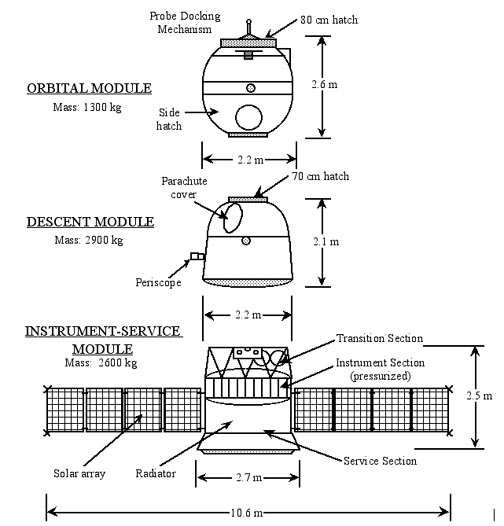R
rustyshackleford
Guest
Hi, I am wondering if NASA has thought of buying the rights to dual produce the Soyez instead of developing the ARES? Not even sure if Russia would do it, but considering you can buy a seat, who knows? The Soyez is a very safe way to get into LEO and this would probably be 10 times cheaper than continuing with ARES and bridge the gap to return to space after the retirement of the STS.
Hopefully this is a new comment, I am looking forward to your responses!
Rusty
Hopefully this is a new comment, I am looking forward to your responses!
Rusty




